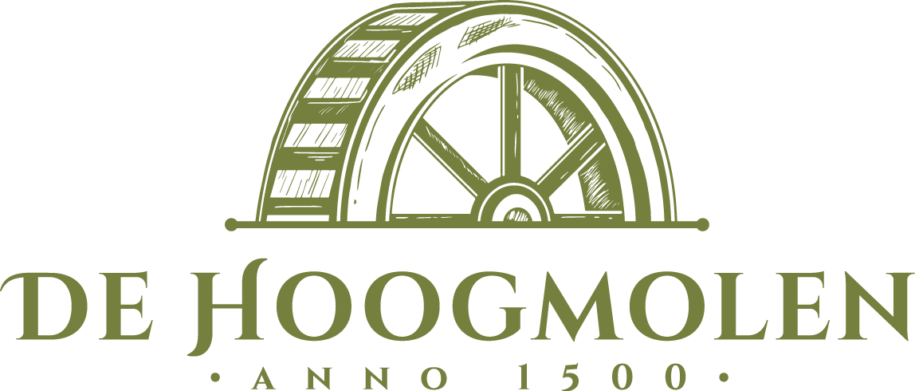History
The Hoogmolen has a rich history that dates back to the Middle Ages.
The mill, first mentioned in 1500, was a grain watermill with an undershot wheel and played an important role in grinding grain for the local population.
In the 17th century, the mill underwent reconstruction after a fire, while retaining its original character.
The mill was owned by the Lord of Peer, who had 2 mills; the other mill was located in the hamlet of Molhem (known as ban mill or Yets mill).
In addition to grain processing, cloth was fulling at the mill, where the excellent fibers in the cloth were pressed using fulling tubs that were set in motion by the mill. These activities generated income of about 70 guilders per year for the lord of Peer.
Over the centuries, various changes have been made, such as mill repairs, disputes over milling fees (a type of compensation or rights that the miller had on the proceeds of the grain processed by his mill), and leases.
Notably, there was diversification into electricity in the 19th and 20th centuries, which allowed the Hoogmolen to function more efficiently.
Today, the Hoogmolen is not only a historical monument but also a tourist attraction. In 1995 it was protected as a monument and village view.
The mill house was renovated and converted into "Hotel de Hoogmolen."
Furthermore, in 2016 a hydropower plant was installed, generating electricity for the mill building and 15 households.
The Hoogmolen remains a vibrant testament to an era when mills were the beating heart of communities, representing the rich heritage of the picturesque Limburg village of Ellikom.

Armand Carre, 1978 (col. Living Windmills - Windmill Care vzw)

